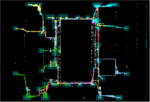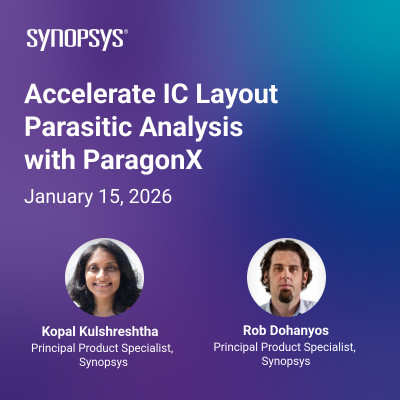I talked recently with Stelios Diamantidis (Distinguished Architect, Head of Strategy, Autonomous Design Solutions) about Synopsys’ announcement on the 100th customer tapeout using their DSO.ai solution. My concern on AI-related articles is in avoiding the hype that surrounds AI in general, and conversely the skepticism… Read More
Author: Bernard Murphy
ASIL B Certification on an Industry-Class Root of Trust IP
I have always been curious about how Austemper-based safety methodologies (from Siemens EDA) compares with conventional safety flows. Siemens EDA together with Rambus recently released a white paper on getting a root of trust IP to ASIL B certification. This provides a revealing insight beyond the basics of fault simulation… Read More
Model-Based Design Courses for Students
Amid the tumult of SoC design advances and accompanying verification and implementation demands, it can be easy to forget that all this activity is preceded by architecture design. At the architecture stage the usual SoC verification infrastructure is far too cumbersome for quick turnaround modeling. Such platforms also tend… Read More
Achronix on Platform Selection for AI at the Edge
Colin Alexander ( Director of product marketing at Achronix) released a webinar recently on this topic. At only 20 minutes the webinar is an easy watch and a useful update on data traffic and implementation options. Downloads are still dominated by video (over 50% for Facebook) which now depends heavily on caching at or close to … Read More
Taming Physical Closure Below 16nm
Atiq Raza, well known in the semiconductor industry, has observed that “there will be no simple chips below 16nm”. By which he meant that only complex and therefore high value SoCs justify the costs of deep submicron design. Getting to closure on PPA goals is getting harder for such designs, especially now at 7nm and 5nm. Place and… Read More
Effective Writing and ChatGPT. The SEMI Test
ChatGPT is a hot topic, leading a few of my colleagues to ask me as a writer what I think of the technology. I write content for tech companies and most of my contacts freely confess that they or more often their experts struggle with writing. If a tool could do that job for them they would be happy and I would have to find a different hobby.… Read More
All-In-One Edge Surveillance Gains Traction
Like it or not, the surveillance market is growing, at a CAGR approaching 10%. Big brother concerns sometimes cloud the picture but overlook the much larger practical yet less hype-worthy applications for surveillance. Home and industrial security, enhanced traffic flow management, monitoring for fire and other fast-growing… Read More
2022 Retrospective. Innovation in Verification
As usual in January we start with a look back at the papers we reviewed last year. Paul Cunningham (GM, Verification at Cadence), Raúl Camposano (Silicon Catalyst, entrepreneur, former Synopsys CTO and now Silvaco CTO) and I continue our series on research ideas. As always, feedback welcome. And don’t forget to come see us at DVCon,… Read More
Formal Datapath Verification for ML Accelerators
Formal methods for digital verification have advanced enormously over the last couple of decades, mostly in support of verification in control and data transport logic. The popular view had been that datapath logic was not amenable to such techniques. Control/transport proofs depend on property verification; if a proof is … Read More
Siemens Aspires to AI in PCB Design
This. AI in PCB design is not a new idea. Other PCB software companies also make that claim. But when a mainstream systems technology company like Siemens talks about the subject, that is noteworthy. They already have an adaptive user interface (UI) for their mechanical modeling suite and to assist in low-code development for application… Read More




















Quantum Computing Technologies and Challenges